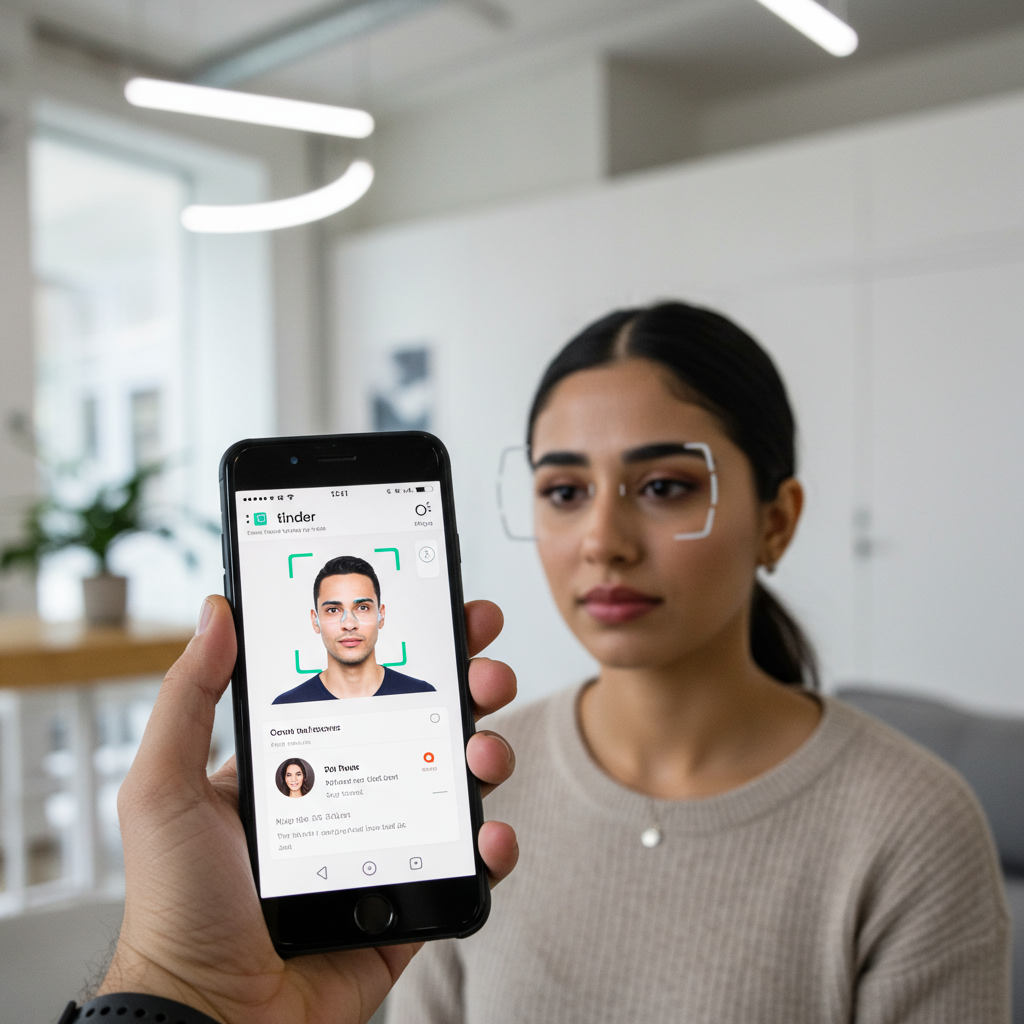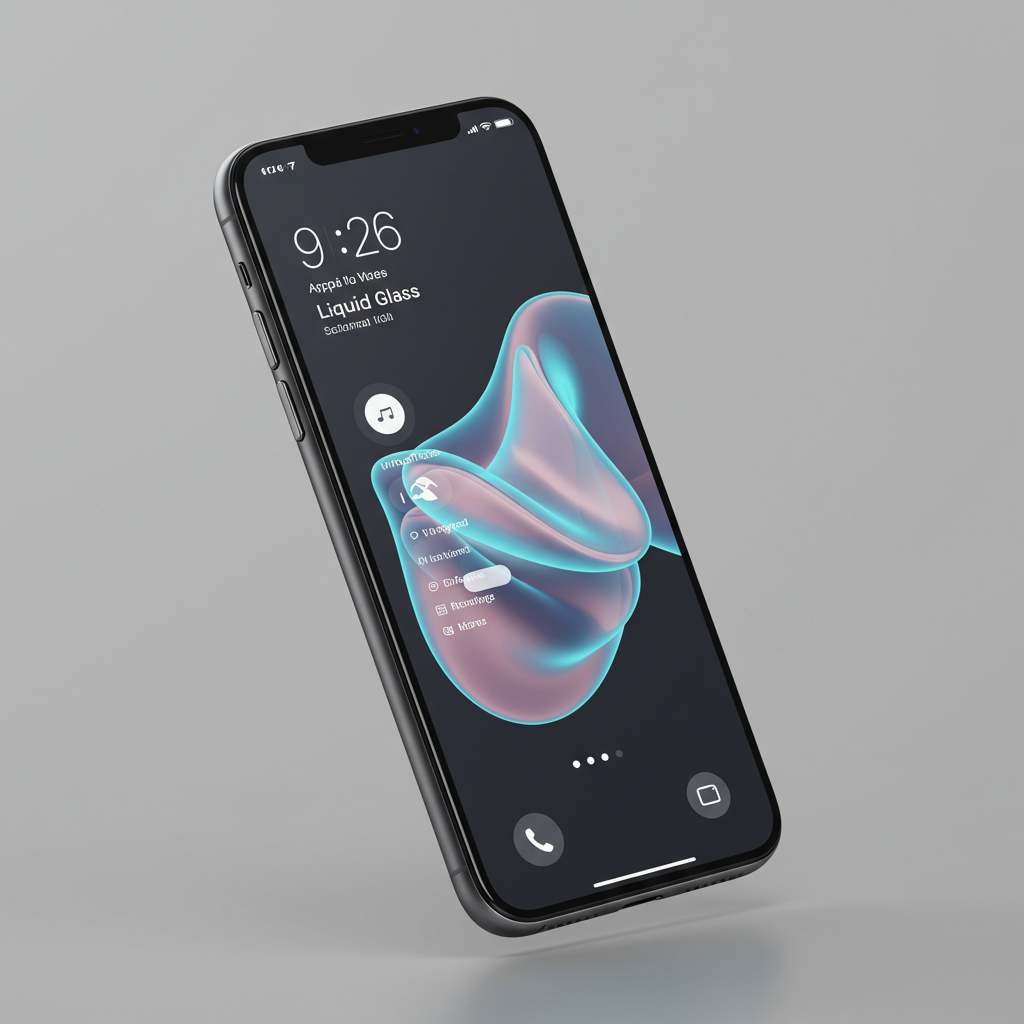Navigating the world of online dating increasingly requires trusting the person on the other side of the screen is genuine. Facing persistent challenges with fake profiles and scams, Tinder is taking a significant step to enhance user safety. Starting recently, the popular dating platform is mandating that all new users signing up in california must complete a facial verification process known as “Face check.” This move marks a pivotal shift towards compulsory identity assurance, aiming to build a more authentic and secure community for millions of users.
Why Mandatory Verification is Arriving in California
The decision to implement mandatory Face Check in California stems from a pressing need to combat the growing prevalence of deceptive practices online. Romance scams alone cost victims over $1.1 billion in 2023, highlighting the serious financial and emotional risks present on dating platforms. Tinder, like other dating apps, has faced pressure to improve safety measures amidst ongoing user frustration and scrutiny over fake accounts, bots, and impersonation. This mandatory verification is a direct response, designed to significantly reduce exposure to bad actors who typically avoid optional security features.
Match Group, Tinder’s parent company, sees this initiative as a core part of its broader trust and safety strategy. Executives state that requiring verification upfront targets those least likely to verify voluntarily. California was specifically chosen as the first U.S. state for this mandatory rollout due to its large user base, diverse demographics, and established online safety and privacy laws, providing a robust environment to test the feature’s effectiveness before potential wider deployment.
How Tinder’s Face Check Verification Works
The Face Check process is designed to be a straightforward yet effective barrier against fraudulent accounts. When a new user signs up in California, they will be prompted to take a short video selfie during the onboarding flow. This video is then used by biometric technology, powered by the company FaceTec, to perform several critical checks.
The system confirms the user is a real, live person present during the verification. It then compares their face from the video selfie against the photos uploaded to their profile to ensure a match. Critically, the scan also checks if the same face is already in use across multiple accounts on the platform. This multi-layered approach aims to prevent both impersonation and the creation of numerous fake profiles by a single individual. Once successfully verified, users receive a photo recognition badge on their profile, signaling their authenticity to potential matches.
The Technology and Data Behind the Scan
Tinder utilizes sophisticated biometric scanning technology to power its Face Check feature. The video selfie is processed to create a unique biometric face map. According to reports, while the initial selfie video is typically deleted shortly after verification is complete, a non-reversible, encrypted face map is retained. This map is used for the purpose of detecting and preventing users from creating duplicate accounts in the future. Some sources indicate two screenshots may also be saved to maintain the feature’s function. Tinder states user verification data is stored for the duration of an active account and deleted within 30 days if an account is closed, outlining a clear, albeit potentially sensitive, data retention policy.
This facial verification differs from Tinder’s existing ID Verification, which typically involves submitting a government-issued ID to confirm age and identity. Face Check focuses specifically on verifying the user’s face against their profile photos and ensuring liveness, without requiring government documents.
Building on Pilot Success and Expanding Safety Features
Before its mandatory launch in California, Tinder piloted the Face Check feature in international markets, including Colombia and Canada. Executives reported promising results from these trials. The pilot programs successfully reduced exposure to bad actors, led to a decrease in reports of malicious activity, and improved overall user perceptions of authenticity on the platform. These positive outcomes provided the confidence needed to introduce the requirement in a large, significant market like California.
Beyond Face Check, Tinder has been actively integrating other safety features. Initiatives like “Are You Sure?” and “Does This Bother You?” prompts use AI to detect potentially unwelcome or harmful language and intervene. The newer “Share My Date” feature allows users to share details of their plans with friends for added security. Legislative efforts are also underway, such as the proposed Romance Scam Prevention Act, which would require dating apps to notify users if they’ve interacted with someone removed for fraud. These collective efforts highlight a growing industry commitment to user protection.
What This Means for New Users in California
For anyone looking to join Tinder in California now, completing the Face Check is a required part of the sign-up process. This means prospective users must be willing and able to provide a video selfie for verification. While some users may have privacy concerns about sharing biometric data, Tinder frames this as a necessary step towards creating a safer community. The trade-off is positioned as a more secure dating experience, where verified profiles offer greater peace of mind and reduce the likelihood of encountering scammers or fake identities. The success and user reaction in California will heavily influence whether Tinder rolls out this mandatory feature to other parts of the United States or globally.
Frequently Asked Questions
How does Tinder’s mandatory Face Check work in California?
New Tinder users in California must take a short video selfie during sign-up. This video is used by biometric technology (from FaceTec) to confirm you are a real, live person, that your face matches your profile photos, and that you are not using the same face on multiple accounts. Successful verification earns you a badge on your profile.
What data does Tinder’s Face Check use and store?
During the Face Check process, Tinder uses a video selfie to create a biometric face map. While the selfie video is typically deleted afterward, a non-reversible, encrypted face map is retained to prevent duplicate accounts. Tinder states verification data is kept as long as your account is active and deleted within 30 days of account closure.
Why is Tinder making Face Check mandatory for new California users?
Tinder made Face Check mandatory in California primarily to combat the rise of scams, bots, and fake profiles that often avoid optional verification. It aims to improve user trust and safety, responding to ongoing user frustration and pressure on dating apps to create more authentic environments. California was chosen for its market size, demographics, and privacy laws as the first U.S. mandatory rollout location.
Conclusion
Tinder’s decision to implement mandatory Face Check for new users in California signifies a major investment in platform safety and authenticity. By requiring biometric verification upfront, the dating giant aims to significantly reduce the prevalence of fake profiles and the risk of romance scams that plague online dating. While raising potential questions about privacy and data handling, the move reflects a growing industry imperative to protect users. The outcome of this California pilot will be closely watched, potentially paving the way for mandatory verification becoming a standard across the online dating landscape, fostering a more trustworthy environment for everyone seeking genuine connections.




